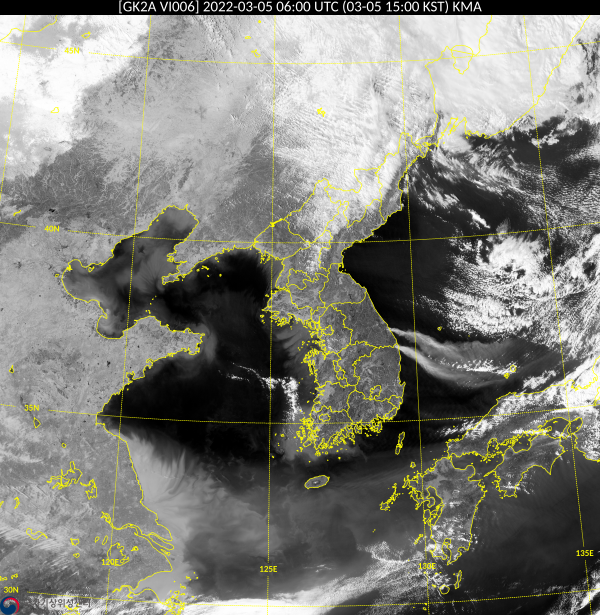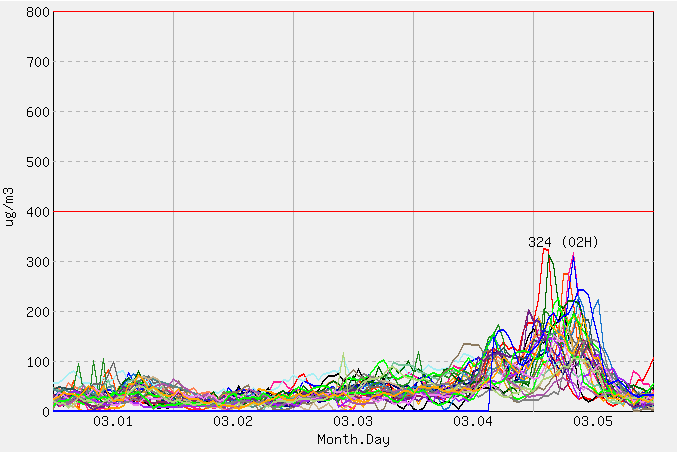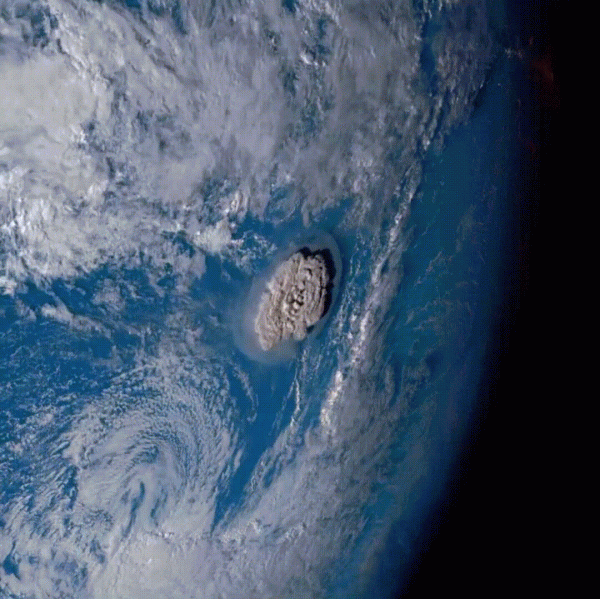Large Wildfire in Korea Captured by GK-2 Satellite as GOES-T Launches into Orbit

A large wildfire on South Korea’s eastern seaboard was spotted via the Korean GK-2 satellite imagery earlier today. Authorities deployed 3,000 firefighters and issued its highest fire hazard warning on Saturday. Authorities also noted that the wildfire destroyed nearly 6,000 hectares (nearly 15,000 acres) of woodland. About 6,000 people were forced to flee their homes as the fire. As of Saturday, 700 have already been returned. At least 116 homes have been destroyed, the Korean Fire Service said. There were no immediate reports of injuries or deaths.

The blaze had briefly threatened a nuclear power station and a liquified natural gas plant on Friday. It forced operators to reduce operations to 50% and cut off some electricity lines as preventive measures. Full operations returned on Saturday. The national railway service had suspended one of its train routes in the eastern coastal region as several weather stations also reported spikes of dust levels that were “extremely unhealthy” for residents to breathe.
The fire began on Friday morning on a mountain in the coastal town of Uljin, about 330 kilometers (205 miles) southeast of the capital, Seoul, and was then driven by strong winds northward to the nearby city of Samcheok. The early months of the year are considered dry, especially on the eastern coast of South Korea.
Weather Satellites and Interesting Phenomena
With the invention of the first weather satellite (TIROS – 1 from NASA), a revolution in forecasting technology was bound to occur. Over the past 60 years, weather satellites have given the world an unrivaled look at our planet and the natural phenomenon that occur. However, as the power of weather satellites increased, the capability to observe small-scale phenomena, such as a wildfire, did so as well. These events give researchers a unique frame of analysis for such events, giving them a view of the magnitude of blazes and their effects. As wildfires raged during the Summer of 2021 in Canada, GOES satellites were able to capture the wide-ranging effects of the blazes through visual imagery and smoke filters. Through satellites like GOES-17 (American) and Himawari-8 (Japanese), scientists are able to learn much more about phenomena- and extremely rare events.
Such a case of this was recorded on January 15th of this year, when the Hunga Tonga-Hunga Ha’apai undersea volcano erupted in Tonga resulting in the largest explosion ever to be seen by satellites. The blast from the volcano was heard as far away as Alaska, sending a shockwave that circled the globe five times and was captured by satellites racing around the globe. Through the imagery captured by both Himawari-8 and GOES-West, scientists were able to note the maximum altitude the ash cloud reached (exceeding 50,000 feet). The volcanic eruption, although tragic, proved that weather satellites are crucial to understanding volcanology, as well as confirming their potential to be used in Geoscience.

In recent weather satellite news, NASA completed a successful launch of the brand new GOES-T satellite, which will join GOES-16 and GOES-17 in monitoring Earth’s atmosphere. On Tuesday afternoon, the satellite launched into orbit aboard an Atlas V rocket. When the craft becomes fully operational, it will assume the new name GOES-18. The new satellite will replace GOES-17 (Currently GOES-West) in monitoring the Pacific Ocean. GOES-17 will transition into a spare satellite. The new satellite will assist in monitoring the Pacific Ocean, and serve as the primary satellite for Eastern Pacific tropical cyclones.
The article on the South Korean wildfire was authored by Justine, and the article on GOES-T and Satellite History was authored by Preston Schenk.

wow